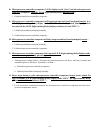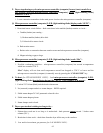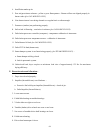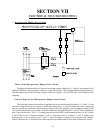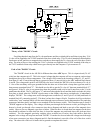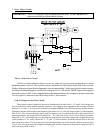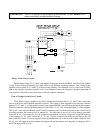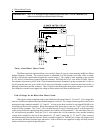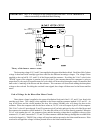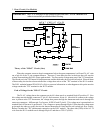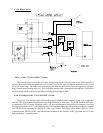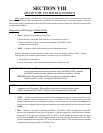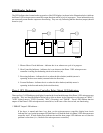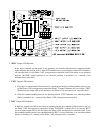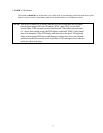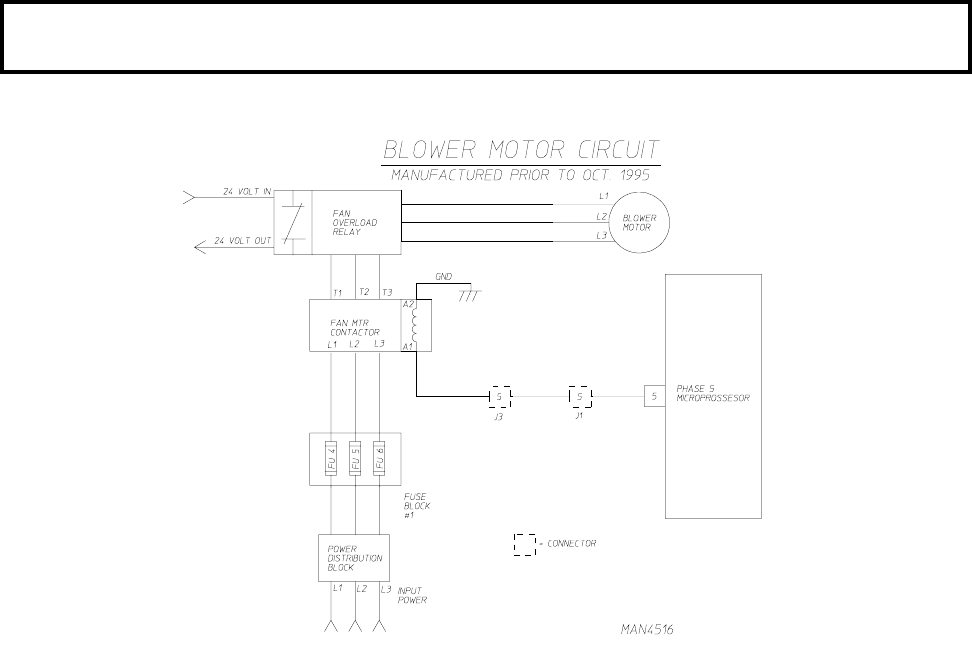
70
IMPORTANT: The L.E.D. indicator on the computer board that reads "DOOR" must be on in
order to successfully troubleshoot the following.
Theory of the Blower Motor Circuit:
The incoming voltage L1,L2, and L3 are supplied to the power distribution block. Each line of this 3 phase
voltage is then fused with cartridge type fuses rated for the different incomings voltages. The voltage is then
supplied to the top half (L1,L2, and L3) of the blower and fan contactor. Providing the 24 A/C volts for the
"DOOR" input to the computer is present on pin #5 of the 15 pin computer harness the computer is going to
output that 24 volts on pin #5 upon the start of a cycle which will in turn travel through a couple of connectors and
land on the A1 marking of the blower and fan contactor. This contactor will shut closed sending the three phase
voltage to the overload. Providing the overload is not tripped, the voltage will then travel to the blower and fan
motor.
Path of Voltage for the Blower/Fan Motor Circuit:
Three phase voltage is applied to the power distribution block each line L1,L2, and L3 are fused with
cartridge type fuses. The voltage is then supplied to the blower and fan contactor marked L1,L2 and L3. As
long as the fuses and the circuit breakers are okay this voltage 208-600 volts will always be there at the
contactor. When the computer calls for the fan to come on, 24 A/C volts will output of pin #5 of the computer.
This 24 A/C volts will pass through J1 and J3 connectors pin #5 on both, and travel to the coil of the blower and
fan contactor, the contactor will be marked A1. The other side of the coil A2 will be directly grounded. When the
24 A/C volts reaches the coil , the contactor closes and the incoming voltage that is supplied to the top of the
contactor L1,L2, and L3 meets the T1,T2, and T3 of the contactor which then must go through the overload if this
overload is tripped (i.e. "DOOR") the voltage will stop here and not proceed to the blower and fan motor. If the
overload is nt tripped the voltage will then proceed down to the blower and fan motor.



